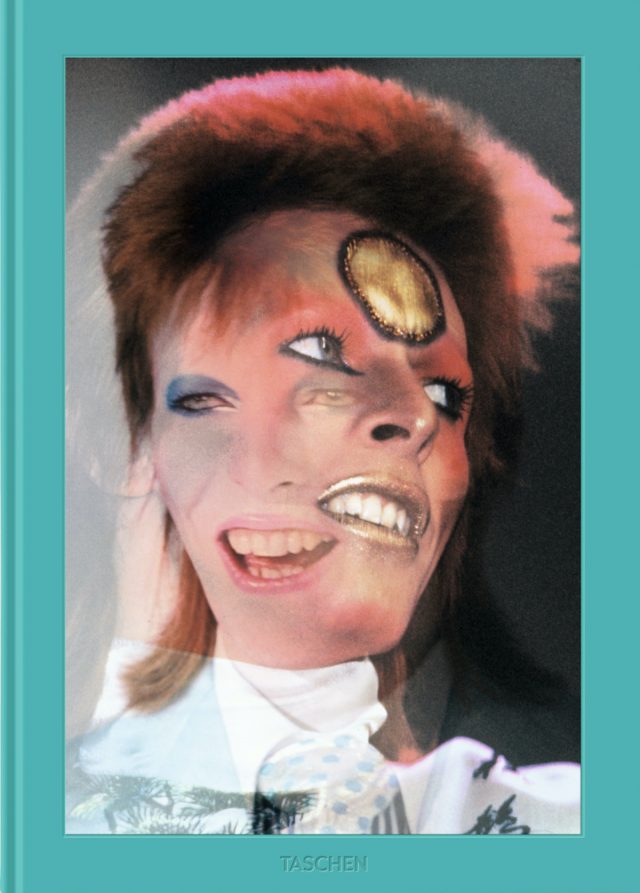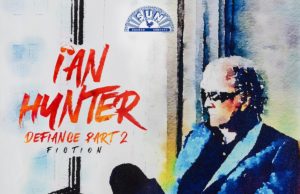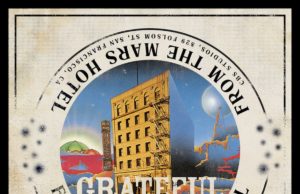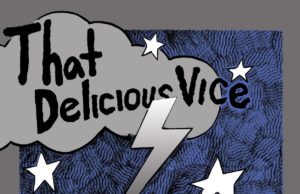Garage rockers and glam rockers. Producers and punks. Rappers and rock reprobates. There are plenty of new music books to go around this week. So you’ve really got no good reason to leave the house just yet.
 13th Floor Elevators: A Visual History
13th Floor Elevators: A Visual History
By Paul Drummond
THE PRESS RELEASE: “Born out of a union of club bands on the burgeoning Austin bohemian scene and a pronounced taste for hallucinogens, the 13th Floor Elevators were formed in late 1965 when lyricist Tommy Hall asked a local singer named Roky Erickson to join up with his new rock outfit. Four years, three official albums, and countless acid trips later, it was over: the Elevators’ pioneering first run ended in a dizzying jumble of professional mismanagement, internal arguments, drug busts, and forced psychiatric imprisonments. In their short existence, however, the group succeeded in blowing the lid off the budding musical underground, logging early salvos in the countercultural struggle against state authorities, and turning their deeply hallucinatory take on jug-band garage rock into a new American institution called psychedelic music. Writer Paul Drummond has gathered an unprecedented catalog of primary materialsincluding scores of previously-unseen band photographs, rare and iconic artwork of the era, items from family scrapbooks and personal diaries, new and archival interviews, dozens of contemporaneous press accounts, and no shortage of Austin Police Department records to tell the complete and unvarnished story of a band which, until now, has been tragically underdocumented. Before the hippies, before the punks, there were the 13th Floor Elevators: an unlikely crew of outcast weirdo geniuses who changed culture.”
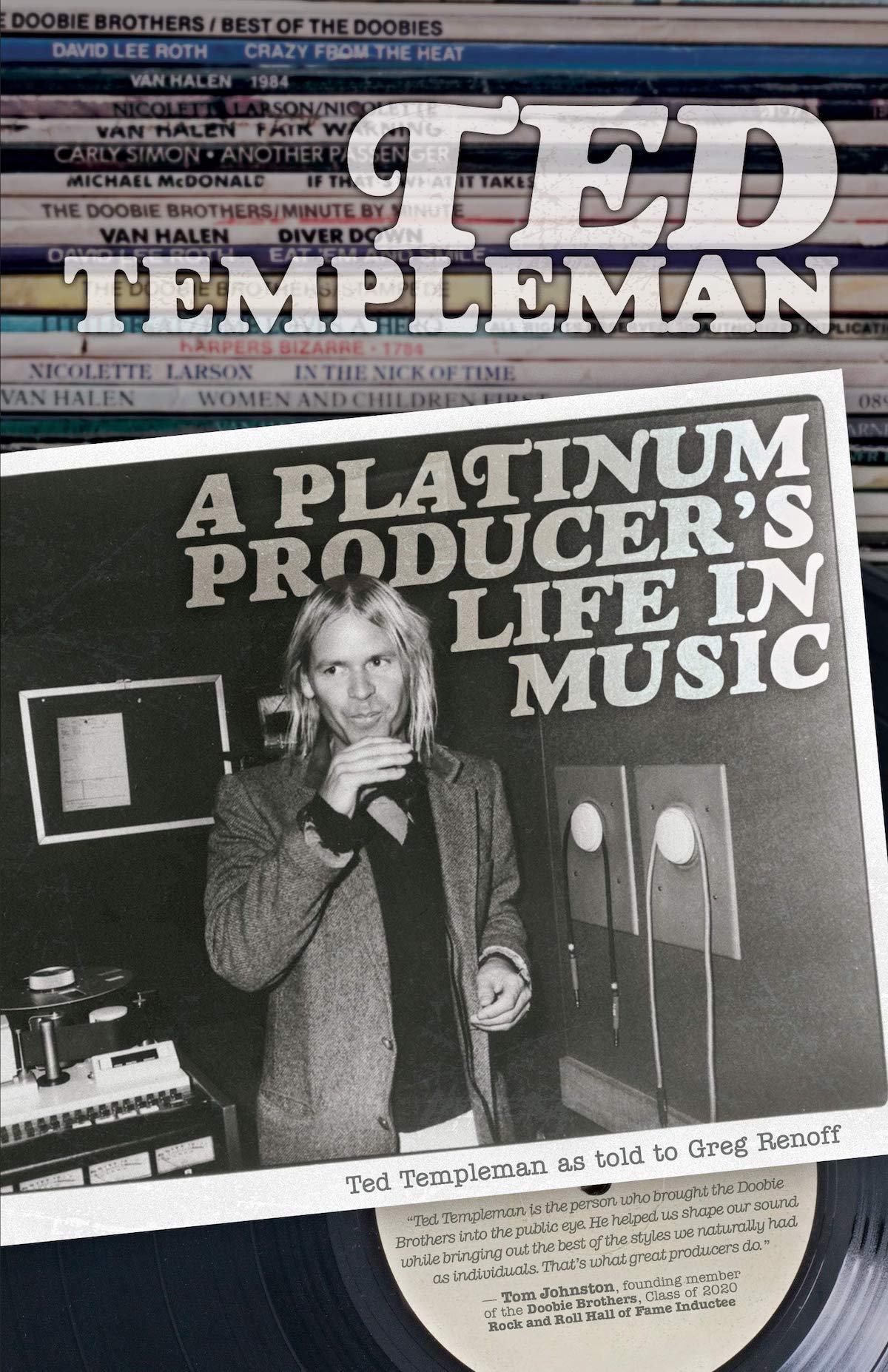 Ted Templeman: A Platinum Producer’s Life in Music
Ted Templeman: A Platinum Producer’s Life in Music
By Ted Templeman
THE PRESS RELEASE: “Crafting smash hits with Van Halen, The Doobie Brothers, Nicolette Larson, and Van Morrison, legendary music producer Ted Templeman changed the course of rock history. This autobiography (as told to Greg Renoff) recounts Templeman’s remarkable life from child jazz phenom in Santa Cruz in the 1950s to Grammy-winning music executive during the ’70s and ’80s. Along the way, Ted details his late ’60s stint as an unlikely star with the sunshine pop outfit Harpers Bizarre and his grind-it-out days as a Warner Bros. tape listener, including the life-altering moment that launched his career as a producer: His discovery of The Doobie Brothers. Ted Templeman: A Platinum Producer’s Life in Music takes us into the studio sessions of No. 1 hits like Black Water by The Doobie Brothers and Jump by Van Halen, as Ted recounts memories and the behind-the-scene dramas that engulfed both massively successful acts. Throughout, Ted also reveals the inner workings of his professional and personal relationships with some of the most talented and successful recording artists in history, including Steven Tyler and Joe Perry of Aerosmith, Eric Clapton, Lowell George, Sammy Hagar, Linda Ronstadt, David Lee Roth, and Carly Simon.”
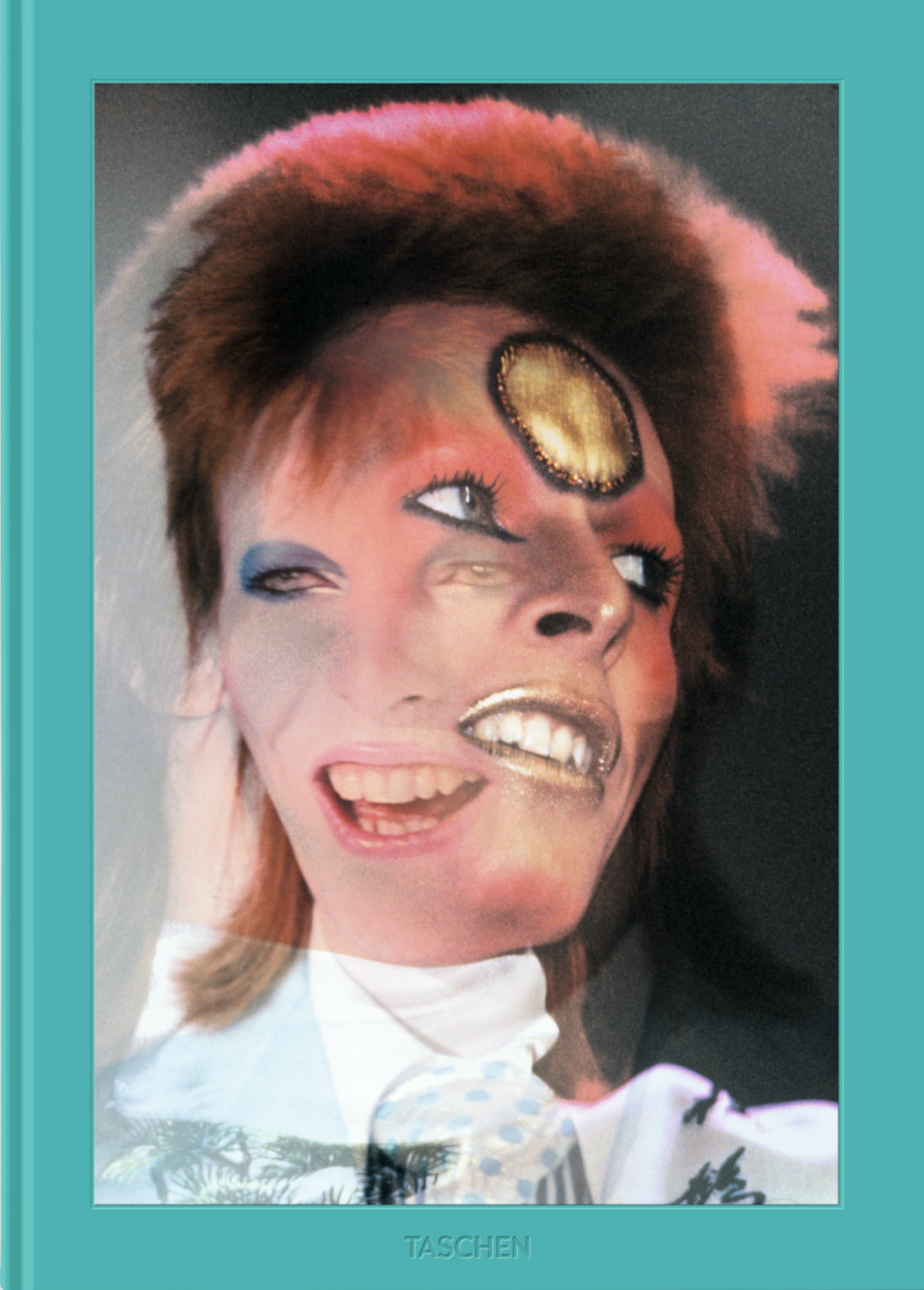 Mick Rock: The Rise of David Bowie, 1972-1973
Mick Rock: The Rise of David Bowie, 1972-1973
By Mick Rock, Barney Hoskyns & Michael Bracewell
THE PRESS RELEASE: “A unique tribute from David Bowie’s official photographer and creative partner Mick Rock, compiled in 2015, with Bowie’s blessing. In 1972, David Bowie released his groundbreaking album The Rise and Fall of Ziggy Stardust and the Spiders from Mars. With it landed Bowie’s Ziggy Stardust alter ego: a glitter-clad, mascara-eyed, sexually ambiguous persona who kicked down the boundaries between male and female, straight and gay, fact and fiction into one shifting and sparkling phenomenon of ’70s self-expression. Together, Ziggy the album and Ziggy the stage spectacular propelled the softly spoken Londoner into one of the world’s biggest stars. A key passenger on this glam trip into the stratosphere was fellow Londoner and photographer Mick Rock. Rock bonded with Bowie artistically and personally, immersed himself in the singer’s inner circle, and, between 1972 and 1973, worked as the singer’s photographer and videographer. This collection brings together spectacular stage shots, iconic photo shoots, as well as intimate backstage portraits. It celebrates Bowie’s fearless experimentation and reinvention, while offering privileged access to the many facets of his personality and fame. Through the aloof and approachable, the playful and serious, the candid and the contrived, the result is a passionate tribute to a brilliant and inspirational artist whose creative vision will never be forgotten.”
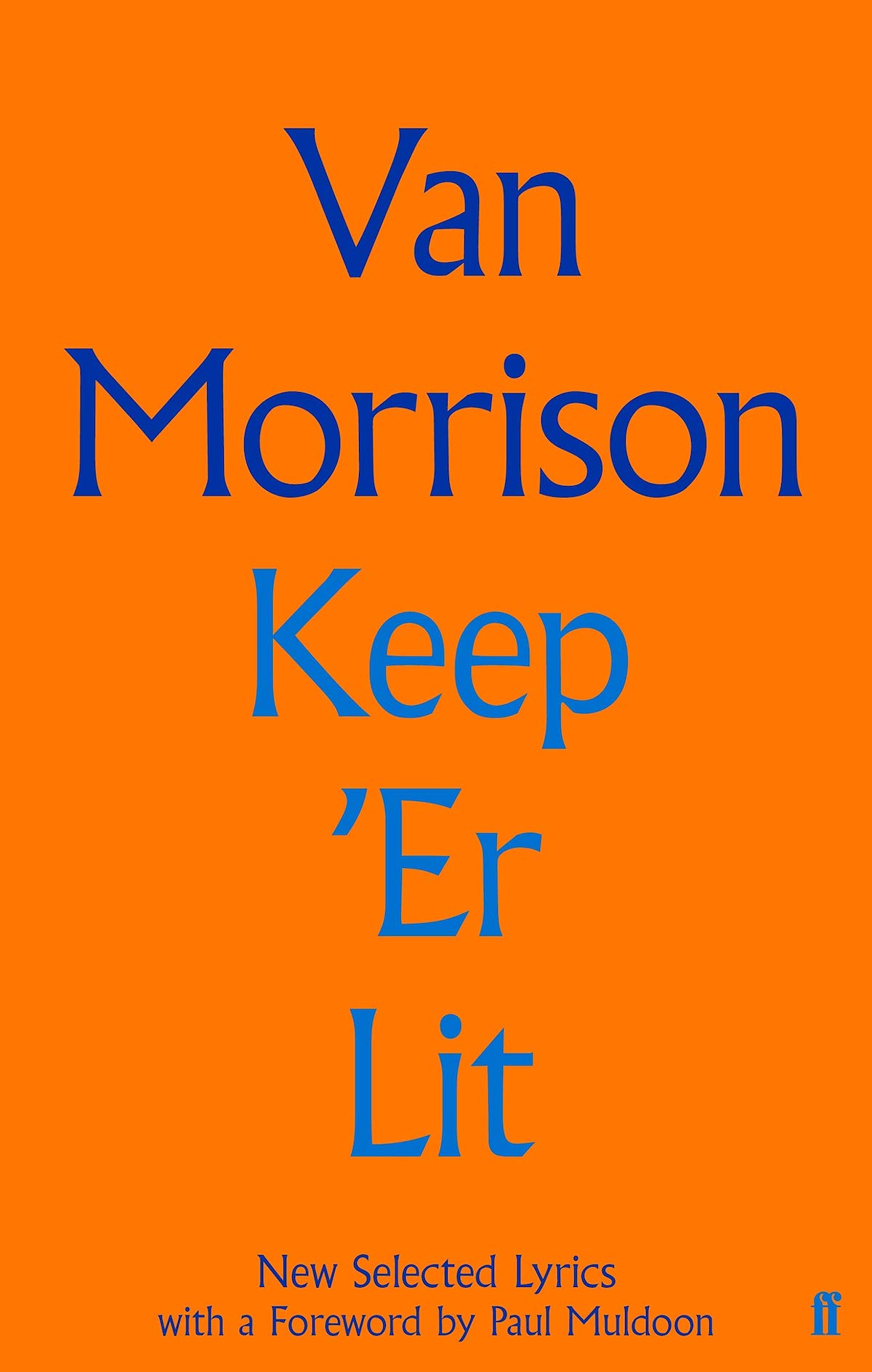 Keep ‘Er Lit: New Selected Lyrics
Keep ‘Er Lit: New Selected Lyrics
By Van Morrison
THE PRESS RELEASE: “Carefully curated by the artist himself, this is the follow-up collection of lyrics from one of the most innovative and enduring songwriters of the last century. Readers will find examples of all the features of the world that Van Morrison has created through his work: the back streets and mystic avenues; memories of childhood wonder and of adult work; the chime of church bells and the playing of the radio; the generous naming of other artists and the joy of solitude; love and sharp dealing; consolation and grace.”
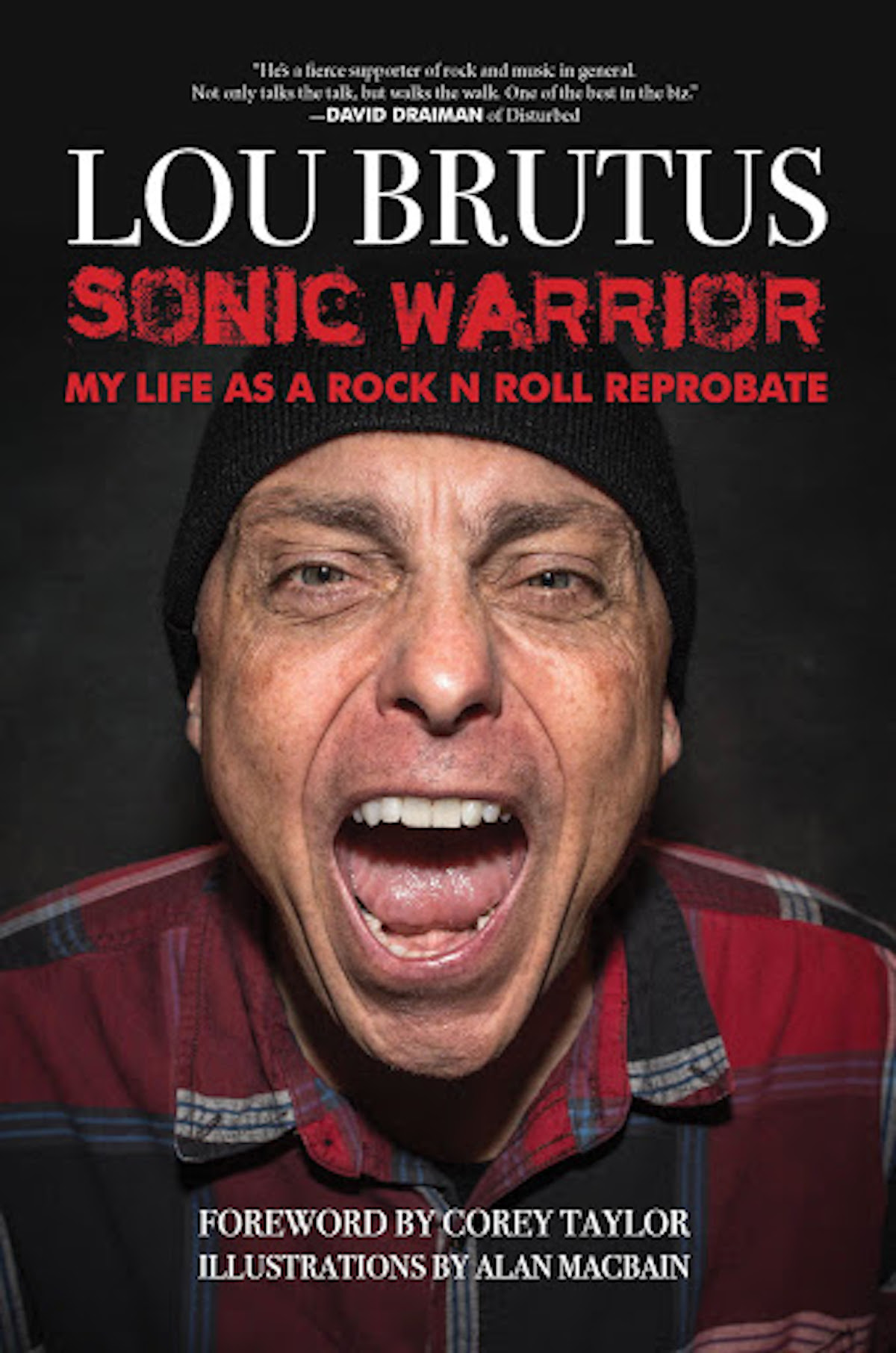 Sonic Warrior: My Life as a Rock N Roll Reprobate
Sonic Warrior: My Life as a Rock N Roll Reprobate
By Lou Brutus
THE PRESS RELEASE: “For lack of a better term, Lou Brutus is a ‘Professional Music Fan.’ He lives the dream of millions by traveling the Earth attending concerts and interviewing rock stars. He’s spent his life blasting tunes on the radio, becoming the first to play all of your favorite bands, and gaining access to literally thousands of music events. There is no one in the media who has seen more shows or conducted more on-site interviews than Lou. Sonic Warrior is a collection of insane-but-true stories from the career of Rock Radio legend Lou Brutus. Each chapter is a separate tale that careens around his 40+ years of covering concerts, interviewing music’s biggest stars, and influencing generations of radio listeners. Starting with the first show he attended (Black Sabbath at New York City’s Madison Square Garden in December 1976, where he threw up Boone’s Farm Strawberry Wine all over his older sister’s boyfriend) and continuing to the present day (where he doesn’t puke as much). Stops along the way include Live Aid in Philadelphia (where he threw up on the entire crowd from a helicopter), the Arctic (where he didn’t throw up on anyone but did get in a mosh pit with the native Inuit villagers as Metallica performed a song about sodomizing a goat), Live Earth in London (where he chugged ale with Spinal Tap’s “Stonehenge” dwarfs and almost threw up), and the New Jersey Turnpike (where the tour bus he was traveling in ran over a guy, which is much worse than throwing up). Whether having his life energy drained through the palm of his hand by Keith Richards of The Rolling Stones, watching cocaine get snorted off a stripper’s ass in Pantera’s dressing room, or drooling in his own lap after smoking some kind of mutant mind-warp demon weed with Snoop Dogg, Brutus gives a hilariously unvarnished look at the realities of the music industry from his fly-on-the-wall, “I’m just the guy here to interview the band” vantage point.”
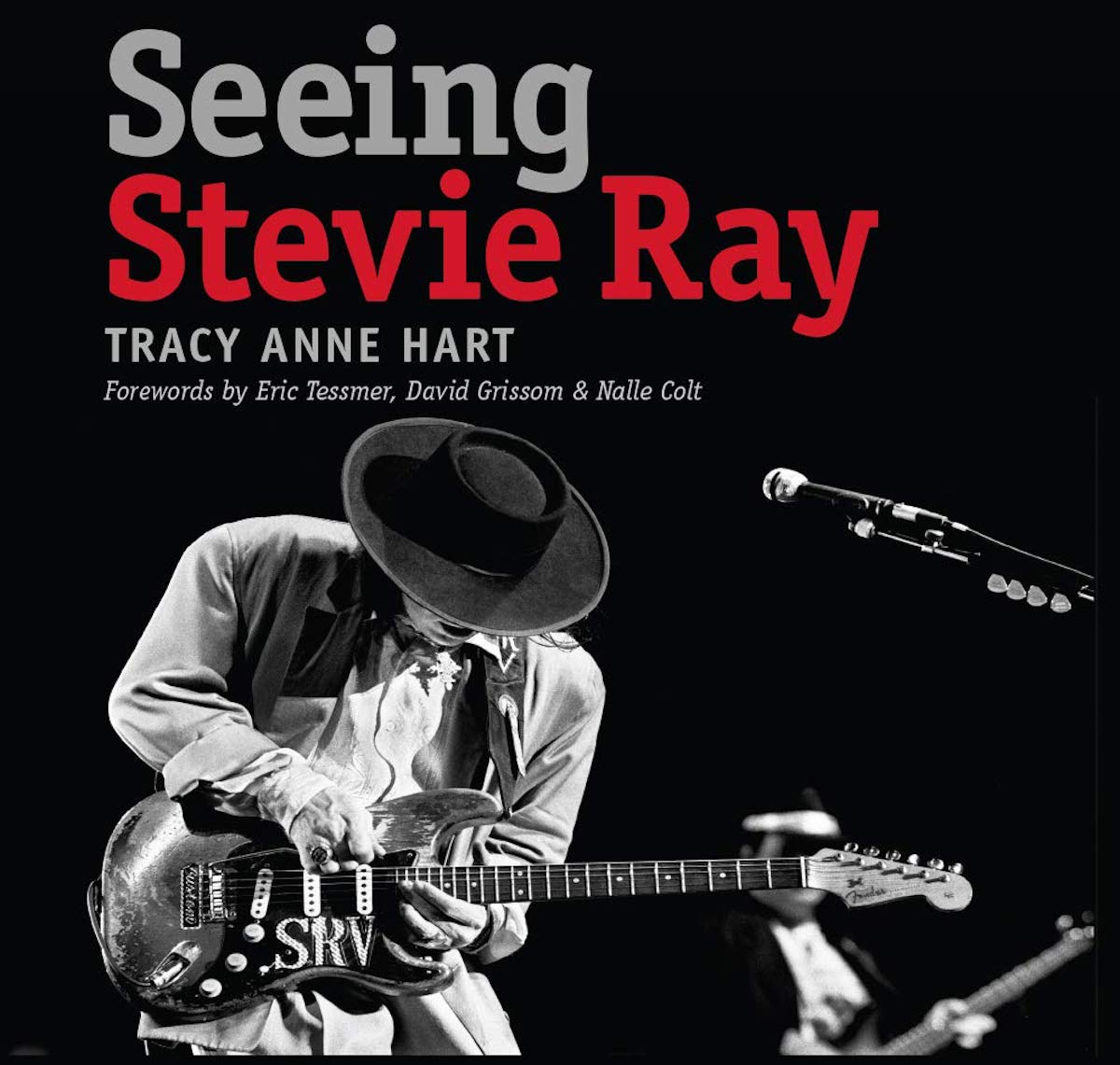 Seeing Stevie Ray
Seeing Stevie Ray
By Tracy Anne Hart
THE PRESS RELEASE: “It may be difficult to say anything about Stevie Ray Vaughan that hasn’t already been said. The skinny kid from Oak Cliff on the south side of Dallas who followed his older brother Jimmie in and out of local blues clubs and eventually to Austin would go on to establish himself as the finest guitar player of his generation and perhaps the best of all time. Vaughan was truly a conduit for the symphony of the universe. The music that flowed through him endeared him to hordes of fans and won him near-divine status among guitarists. Vaughan continues to inspire and enthrall even decades after his passing.”
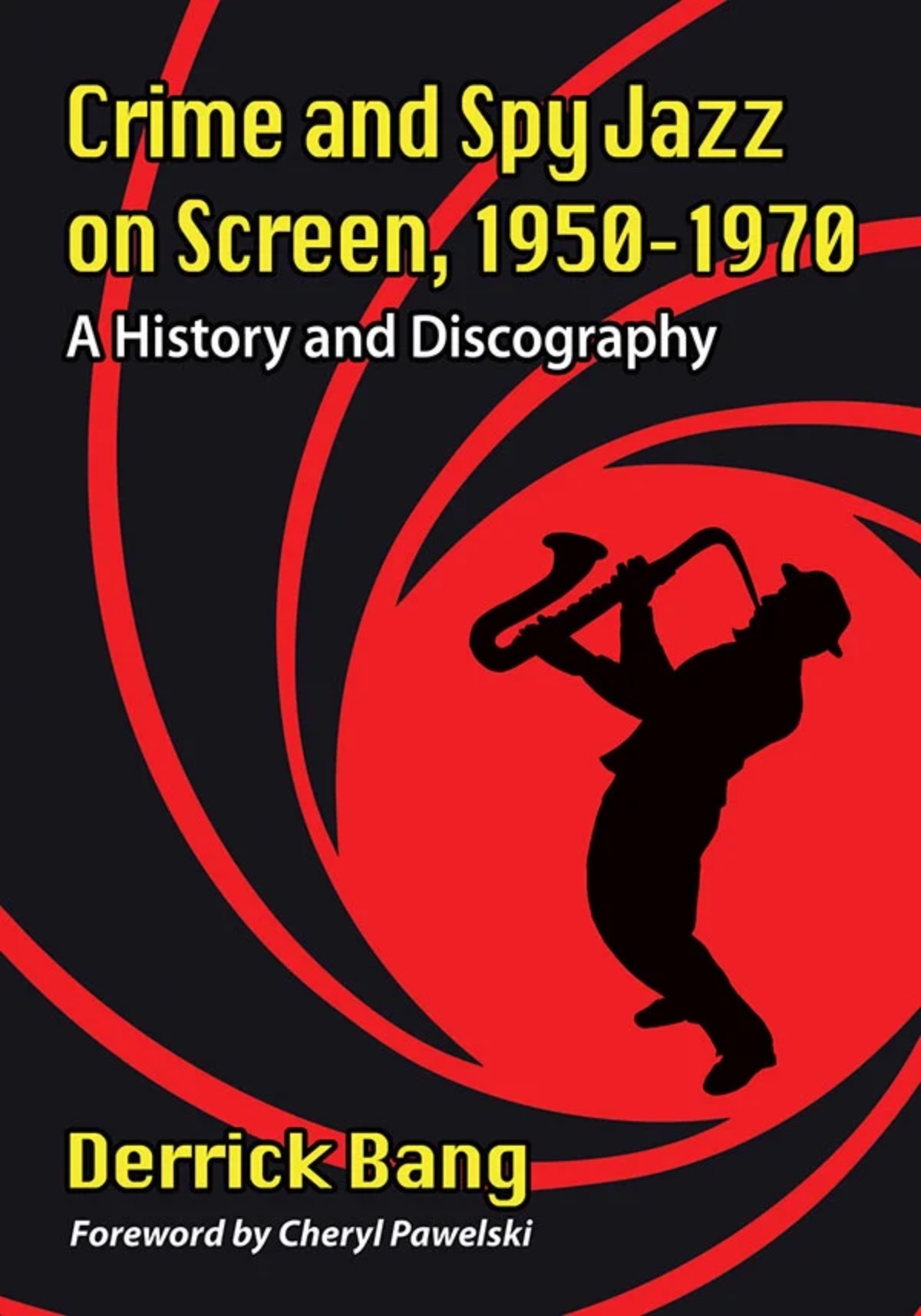 Crime and Spy Jazz on Screen, 1950-1970: A History and Discography
Crime and Spy Jazz on Screen, 1950-1970: A History and Discography
By Derrick Bang
THE PRESS RELEASE: “Henry Mancini’s Peter Gunn theme. Lalo Schifrin’s Mission: Impossible theme. John Barry’s arrangement of the James Bond theme. These iconic melodies have remained a part of the pop culture landscape since their debuts in the late 1950s and early ’60s: a “golden decade” that highlighted an era when movie studios and TV production companies employed full orchestral ensembles to provide a jazz backdrop for the suspenseful adventures of secret agents, private detectives, cops, spies and heist-minded criminals. Hundreds of additional films and television shows made during this period were propelled by similarly swinging title themes and underscores, many of which have (undeservedly) faded into obscurity. This meticulously researched book traces the embryonic use of jazz in mainstream entertainment from the early 1950s — when conservative viewers still considered this genre “the devil’s music” — to its explosive heyday throughout the 1960s. Fans frustrated by the lack of attention paid to jazz soundtrack composers — including Jerry Goldsmith, Edwin Astley, Roy Budd, Quincy Jones, Dave Grusin, Jerry Fielding and many, many others — will find solace in these pages (along with all the information needed to enhance one’s music library). The exploration of action jazz continues in this book’s companion volume, Crime and Action Jazz on Screen Since 1971.”
 The Station
The Station
By Chris Killip
THE PRESS RELEASE: “Late in 2016, British photographer Chris Killip’s son discovered a box of contact sheets of the photos his father had made at The Station, an anarcho-punk music venue in Gateshead, Northern England, open from 1981 to 1985. These images of raw youth caught in the heat of celebration had lain dormant for 30 years; they now return to life in this book. The Station was not merely a music and rehearsal space, but a crucible for the self-expression of the subcultures and punk politics of the time. As Killip recollects: “When I first went to The Station in April 1985, I was amazed by the energy and feel of the place. It was totally different, run for and by the people who went there … nobody ever asked me where I was from or even who I was. A 39-year-old with cropped white hair, always wearing a suit, with pockets stitched inside the jacket to hold my slides.”
 100% Unofficial Little Mix: Shout Out to the World’s Greatest Girl Group
100% Unofficial Little Mix: Shout Out to the World’s Greatest Girl Group
By Malcolm Mackenzie
THE PRESS RELEASE: “Little Mix is one of the biggest girl bands in the world! Since winning The X Factor in 2011, they have gone on to break records, win multiple awards and inspire a generation of fans. Learn all about Jesy, Perrie, Jade, and Leigh-Ann in this ultimate guide. With fun facts about their music, lives, fashion and favourite things, 100% Unofficial Little Mix is a must-have for fans of these international superstars. Plus pictures, stats and all the gossip!”
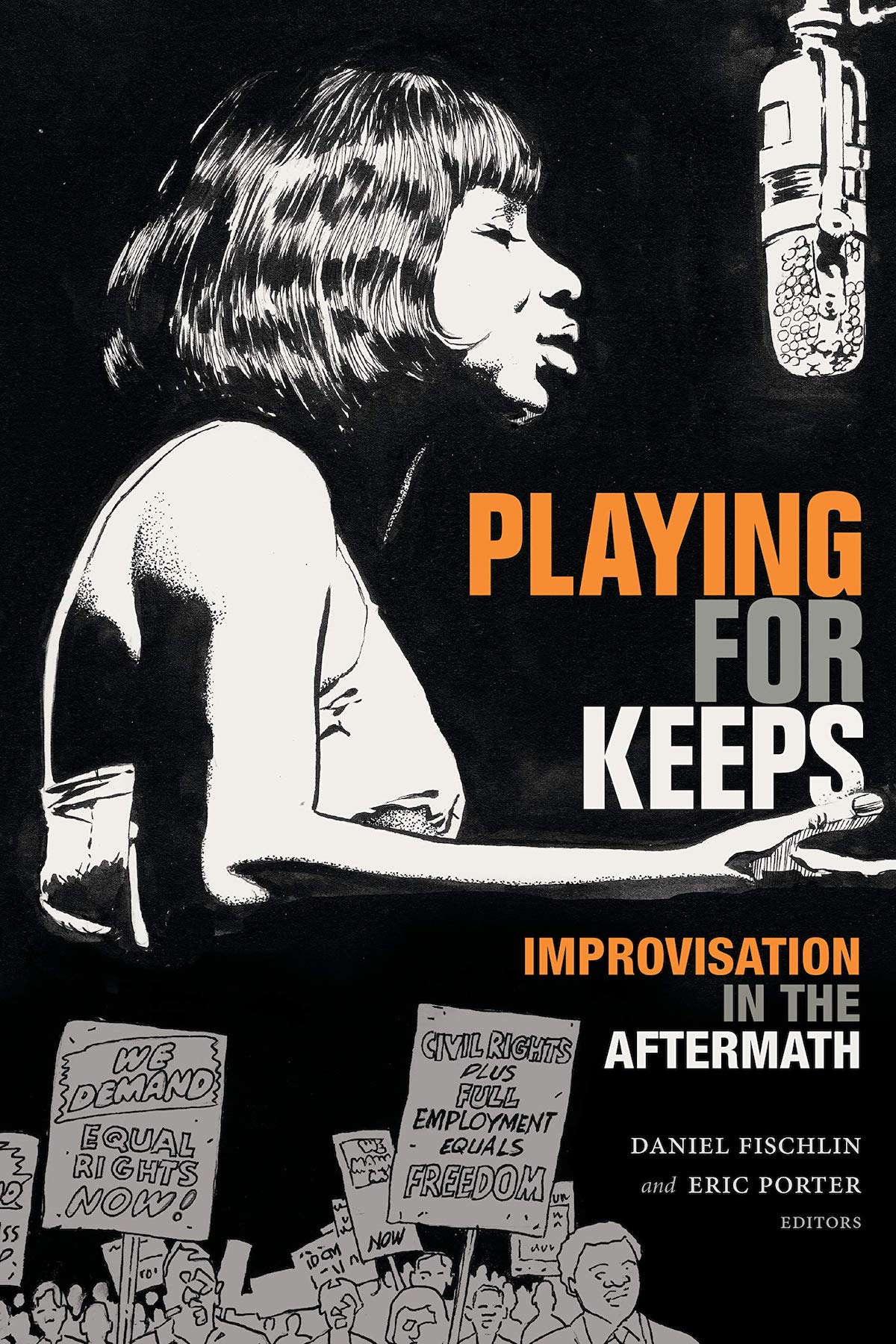 Playing for Keeps: Improvisation in the Aftermath
Playing for Keeps: Improvisation in the Aftermath
By Daniel Fischlin & Eric Porter
THE PRESS RELEASE: “The contributors to Playing for Keeps examine the ways in which musical improvisation can serve as a method for negotiating violence, trauma, systemic inequality, and the aftermaths of war and colonialism. Outlining the relation of improvisatory practices to local and global power structures, they show how in sites as varied as South Africa, Canada, Egypt, the United States, and the Canary Islands, improvisation provides the means for its participants to address the past and imagine the future. In addition to essays, the volume features a poem by saxophonist Matana Roberts, an interview with pianist Vijay Iyer about his work with U.S. veterans of color, and drawings by artist Randy DuBurke that chart Nina Simone’s politicization. Throughout, the contributors illustrate how improvisation functions as a model for political, cultural, and ethical dialogue and action that can foster the creation of alternate modes of being and knowing in the world.”
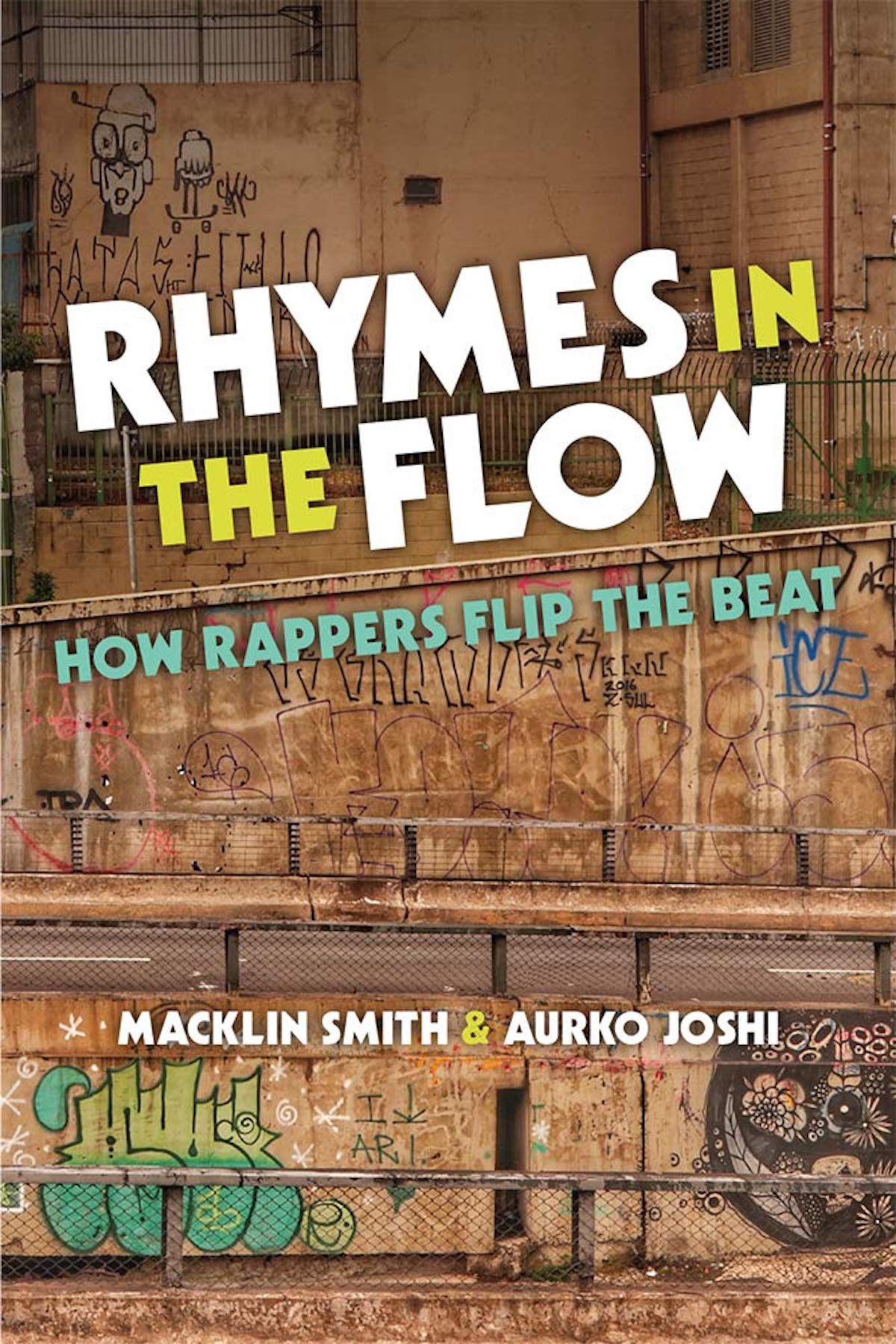 Rhymes in the Flow: How Rappers Flip the Beat
Rhymes in the Flow: How Rappers Flip the Beat
By Macklin Smith & Aurko Joshi
THE PRESS RELEASE: “Despite its global popularity, rap has received little scholarly attention in terms of its poetic features, perhaps because rap is so demonstrative and powerful, or because poetry scholars have been slow to recognize rap’s poetic worth, or uncertainty about its legitimacy as a form of poetry. Rhymes in the Flow systematically analyzes the poetics (rap beats, rhythms, rhymes, verse and song structures) of some 6,000 lines of rap lyrics to provide new insights on rap artistry and performance. While most scholarship on rap has focused on its historical and cultural dimensions, Rhymes in the Flow traces rap’s deepest roots and stylistic evolution — from Anglo-Saxon poetry to Lil Wayne — and contextualizes its complex poetics.”
















